The tablet market still consists of first-generation devices, although there are still some good gadgets in the mix. The Apple iPad is currently on top. Aside from strong hardware features, it has a rich selection of apps built-in and downloadable from Apple’s robust App Store. With everything from games, to eBook readers, productivity tools, it can cater for both business and leisure needs.
There is also a large selection of Android tablets available, and the number is set to grow even larger since Google announced the development of the new Android 3.0 operating system (OS) designed specifically for tablets, codenamed “Honeycomb.”
There is a general consensus that the current Android tablets are just scaled-up Android smartphones, since they use the Android 2.2 operating system, codenamed “Froyo.” The Android 2.2 OS, and all versions prior to it, are designed and optimized for smartphones.
Like the iPad, a large number of built-in and downloadable applications enable these devices to be used for a variety of functions. There is a problem, however, which is that since most of the applications available for Android are also designed for smartphones—with a maximum screen resolution of 854 by 480—those applications may not display or function as intended for tablets that have larger screens and higher screen resolutions.
Like the Android smartphones, however, the Android OS has some serious perks, specifically that the operating system is more open and allows for more customization. There are also a lot to choose from, which gives a broader range of sizes and specifications that can better suit the needs of each user. Among them are the Viewsonic ViewPad 7, Viewsonic gTablet, NextBook Next2, NextBook Next3, Archos 7, Archos 101, Samsung Galaxy Tab and Notion Ink Adam.
Whether to Wait
With the market still budding, and the next generation of devices just around the corner, some would-be-buyers are holding out for the next releases before jumping on the bandwagon. The real back-breaker is whether holding out for next-generation devices could turn into a never-ending waiting game, since there is always something new around the corner.
Apple has an unfortunate culture of holding information about products it is developing, which makes it hard to tell whether it’s worth waiting. Thankfully, however, Android and BlackBerry devices are much more open.
What is certain is that the whole tablet market is on the verge of a new wave of devices.
So far, there is a lot of speculation about what Apple has planned with the iPad 2, yet the company has not openly revealed any details. According to Mac Rumors, a website that collects information about upcoming Apple products, the iPad 2 is likely to include a front-facing camera that will allow for video calls, a rear camera, dual core processor, mini display port, and Near Field Communication that allows users to make purchases at a distance of up to four inches from a payment device.
In the Android camp, the Motorola XOOM is garnering a lot of interest since it is going to be running the tablet-friendly Android 3.0 operating system. If the iPad 2 rumors are true, the Motorola Xoom could be a major competitor.
The Motorola XOOM is set to bring Android tablets to the forefront of the race. Among its features are a 10.1-inch screen, 1280 by 800 pixel resolution display, dual core processor, 2 Megapixel front facing camera, 5 Megapixel back camera with LED flash and digital zoom, 720p video capture, 1080p video playback, HDMI output, WiFi, Bluetooth and 3G connectivity, accelerometers, gyroscopes, and even a barometer to aid its APGS receiver in pinpointing its user’s location.
However, it still remains to be seen if the Android 3.0 OS can live up to its name, and if more applications will be developed for Android tablets. A couple of other Android 3.0 tablets like the LG G-Slate and Acer Aconia A500, have also been announced and users can expect them to have similar specifications to the Motorola Xoom.
RIM has also announced a BlackBerry tablet called the “PlayBook,” that runs a brand-new operating system called the “BlackBerry Tablet OS,” which is based on QNX technology.
Targeting business users, its real draw will likely be its wireless connectivity to a BlackBerry smartphone for 3G data access and real time access to e-mail, calendar, address book, task list and BlackBerry Messenger. Only time will tell how the Blackberry Tablet OS will perform compared to Android 3.0 and the Apple iOS, and if there will be a comprehensive selection of applications available for it.
The BlackBerry PlayBook will come with a 7-inch screen, 1024 by 600 pixel resolution display, dual core processor, 3 Megapixel forward facing camera, 5 Megapixel rear facing camera, 1080p micro HDMI output, Bluetooth, WiFi connectivity.
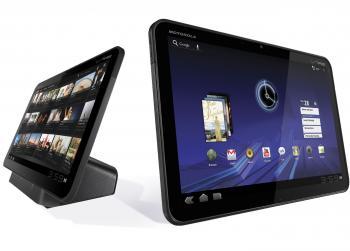
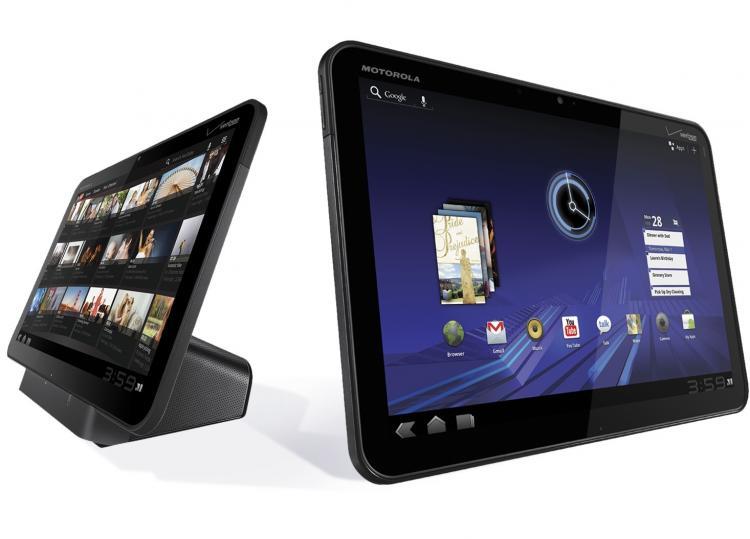
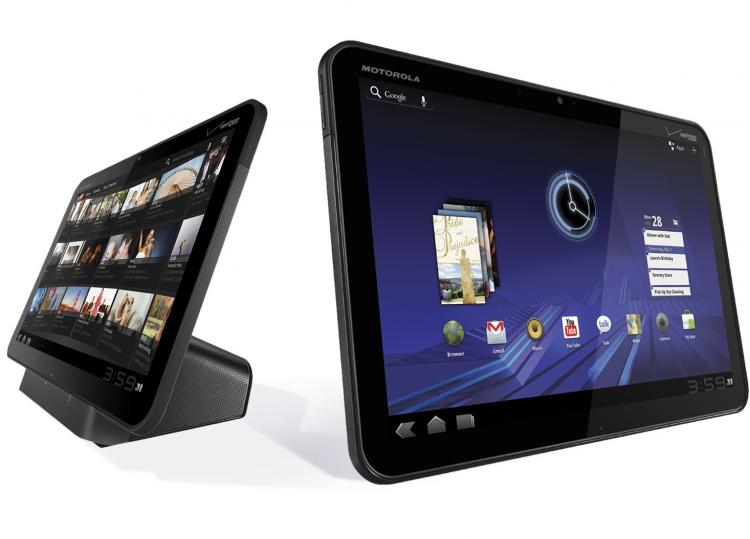
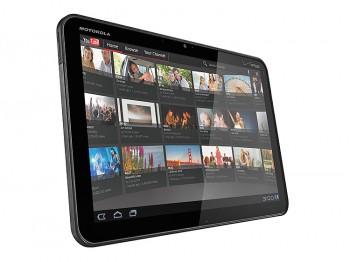

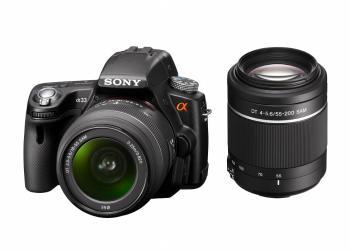
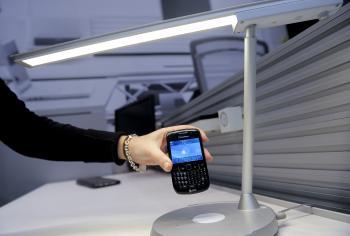
Friends Read Free